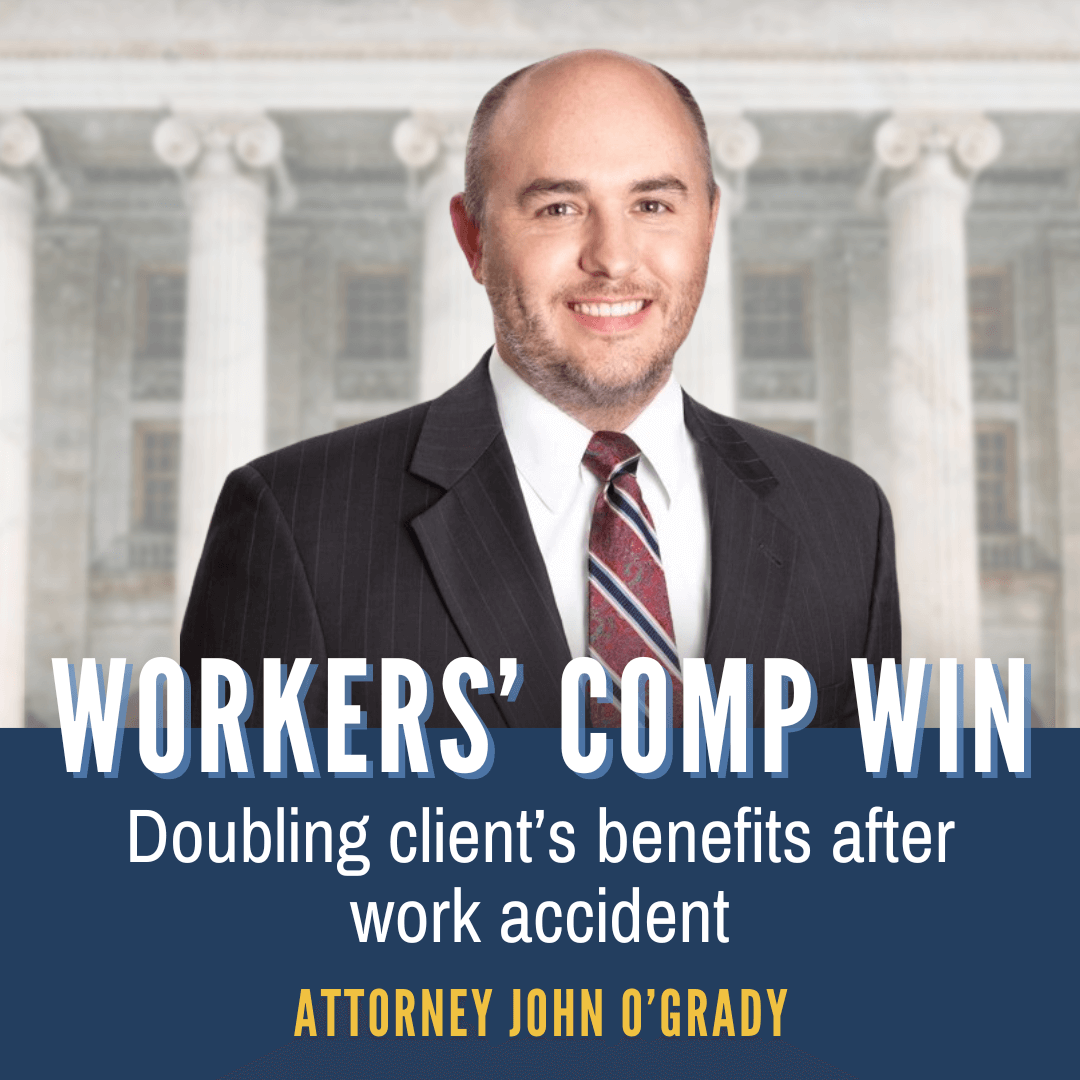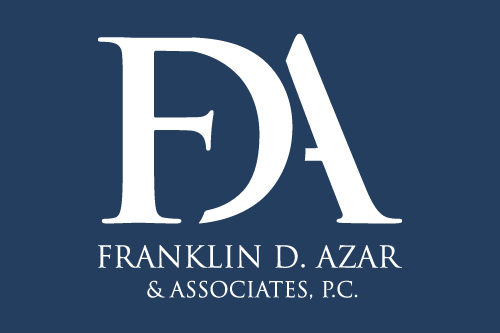Suffering injuries or losing a loved one in a Colorado pedestrian accident is a traumatic experience that can leave you feeling overwhelmed, vulnerable, and unsure of what to do next. You may find yourself struggling to cope with the devastating physical, emotional, and financial toll of such an event.
However, you are not alone, and you can hold the at-fault party accountable and obtain the compensation and justice you deserve.
An experienced Colorado car accident lawyer can guide you through the legal process, protect your rights, and fight for the best possible outcome in your case.
Most Common Causes of Pedestrian Accidents in Colorado
Pedestrian accidents result from a wide range of scenarios. Some of the most common causes of pedestrian accidents in Colorado include:
Distracted Driving
One of the most common causes of pedestrian accidents is distracted driving. Drivers who engage in activities that take their attention away from the road put pedestrians at risk.
Examples of distracted driving include:
- Texting while driving. According to the National Highway Traffic Safety Administration (NHTSA), sending or reading a text message takes a driver’s eyes off the road for an average of five seconds—long enough to cover the length of a football field at 55 mph.
- Talking on the phone, even with a hands-free device, can also be a significant distraction for drivers. Studies have shown that engaging in a phone conversation while driving can reduce a person’s ability to process and respond to visual information, similar to the effects of driving under the influence of alcohol.
- Eating, drinking, and adjusting entertainment systems are other common distractions that can take a driver’s attention away from the road and increase the risk of a pedestrian accident.
Other driver distractions include talking to passengers, reaching for items in the back or passenger’s seat, and grooming oneself or putting on makeup.
Impaired Driving
Another major cause of pedestrian accidents is impaired driving. When a driver gets behind the wheel under the influence of alcohol, drugs (prescription or illegal), or while drowsy, their ability to operate a vehicle safely is severely compromised.
 Alcohol and drugs can impair a driver’s judgment, reaction time, and coordination, making it more difficult for them to avoid collisions with pedestrians.
Alcohol and drugs can impair a driver’s judgment, reaction time, and coordination, making it more difficult for them to avoid collisions with pedestrians.
According to NHTSA, 49% of pedestrian fatalities involved alcohol impairment, either for the driver or the pedestrian.
Drowsy driving is also a serious problem that can lead to pedestrian accidents. When a driver is fatigued, they may experience slower reaction times, reduced vigilance, and even fall asleep at the wheel.
The Centers for Disease Control and Prevention (CDC) estimates that approximately one in 25 adult drivers report having fallen asleep while driving in the past 30 days.
Failure to Yield Right of Way
Pedestrians have the right of way in many situations, and drivers who fail to yield to them can cause serious accidents. Crosswalks are designed to provide a safe space for pedestrians to cross the street, and drivers are required by law to stop and yield to pedestrians in these areas. However, some drivers may ignore or fail to notice pedestrians in crosswalks, leading to collisions.
Drivers turning right on red without checking for pedestrians is another common scenario that can result in accidents. Before turning right on red, drivers must stop and check for pedestrians crossing the street. Failing to do so can lead to a pedestrian being struck by a turning vehicle.
Similarly, drivers who fail to stop at stop signs or red lights may collide with pedestrians who are crossing the street with the right of way. These types of accidents can be particularly dangerous, as pedestrians may not expect a vehicle to run a stop sign or red light and may not have time to react.
Speeding
Speeding is a major contributing factor to pedestrian accidents.
When drivers exceed the posted speed limit, they:
- Have reduced reaction times: When a driver is traveling at high speeds, they may not be able to stop in time to avoid hitting a pedestrian who suddenly enters the street.
- Increase the severity of injuries in accidents: The force of impact in a high-speed collision is much greater, resulting in more severe injuries or even fatalities for the pedestrian.
- Make it difficult for pedestrians to judge vehicle speed: Speeding also makes it more difficult for pedestrians to judge the speed of an approaching vehicle accurately. This can lead to pedestrians misjudging the amount of time they have to cross the street safely, increasing the risk of an accident.
Poor Visibility
Poor visibility can significantly increase the risk of pedestrian accidents, as it makes it more difficult for drivers to see pedestrians in the roadway.
Low lighting conditions, such as at night, dawn, or dusk, can make it challenging for drivers to spot pedestrians, especially if they are wearing dark clothing. According to the NHTSA, around 76% of pedestrian fatalities occur during dark conditions.
Weather conditions such as rain, fog, or snow can also reduce visibility for drivers, making it more difficult to see pedestrians and increasing the risk of accidents. In these conditions, pedestrians may also be less visible due to the use of umbrellas, hoods, or other weather-related clothing.
Obstructed views due to parked vehicles or foliage can also contribute to poor visibility and increase the risk of pedestrian accidents. When a driver’s view is blocked, they may not see a pedestrian entering the roadway until it is too late to avoid a collision.
Infrastructure Issues
Inadequate or poorly maintained infrastructure can also contribute to pedestrian accidents. Crosswalks and sidewalks that are not properly marked, lit, or maintained can create hazardous conditions for pedestrians.
For example, if a crosswalk is faded or not clearly visible, drivers may not realize they need to yield to pedestrians, increasing the risk of an accident.
In some areas, there may be a lack of pedestrian-friendly infrastructure, such as sidewalks, crosswalks, or pedestrian bridges, particularly in high-traffic areas. This can force pedestrians to walk along the roadway or cross the street in unsafe locations, increasing the risk of accidents.
Insufficient lighting in pedestrian areas can also contribute to accidents, as it makes it more difficult for drivers to see pedestrians, particularly at night or during low-light conditions.
4 Things to Do After a Pedestrian Accident?
After a pedestrian accident, to protect your health and legal rights:
- Seek medical attention immediately, even if you believe your injuries are minor. Some injuries may not be immediately apparent, and prompt medical care can help ensure the best possible recovery.
- Contact the police and file an accident report. This report can serve as valuable evidence in your case and help establish liability.
- Gather evidence at the scene, if possible. Take photos of the accident site, your injuries, and any property damage. Collect contact information from witnesses who may have seen the accident.
- Contact an experienced personal injury attorney who can guide you through the legal process and help you obtain compensation.
How an Attorney Can Help You Obtain Compensation
 An experienced personal injury attorney can be invaluable in helping you navigate the complex legal process and obtaining the compensation you need to cover your medical expenses, lost wages, pain and suffering, and other damages resulting from the accident.
An experienced personal injury attorney can be invaluable in helping you navigate the complex legal process and obtaining the compensation you need to cover your medical expenses, lost wages, pain and suffering, and other damages resulting from the accident.
Your attorney can:
- Investigate the accident and gather evidence to establish liability
- Handle communication with insurance companies and negotiate a fair settlement
- File a lawsuit on your behalf if a settlement cannot be reached
- Represent you in court and fight for your rights
What Kinds of Compensation You Can Receive
Depending on the circumstances of your case, you may recover compensation for:
- Medical expenses, including current and future costs related to your injuries
- Lost wages and future earning capacity, if your injuries prevent you from working
- Pain and suffering, including physical pain and emotional distress
- Punitive damages, in cases where the at-fault party’s actions were particularly egregious or reckless
What to Do if a Pedestrian Accident Killed a Close Family Member
If a pedestrian accident resulted in the death of a close family member, the following individuals may bring a wrongful death claim:
- The deceased person’s surviving spouse
- The deceased person’s surviving children, if there is no surviving spouse
- The deceased person’s surviving parents, if there are no surviving spouse or children
- A designated beneficiary, if there are no surviving spouse, children, or parents
A wrongful death action can help you obtain compensation for funeral and burial expenses, loss of companionship, and other damages resulting from your loved one’s death.
Colorado Pedestrian Accident Statistics
Pedestrian accidents are a serious problem in Colorado.
According to the Colorado Department of Transportation:
- In a recent year, there were 1,413 pedestrian crashes in Colorado, resulting in 93 fatalities and 1,168 injuries.
- Pedestrian fatalities accounted for 15% of all traffic fatalities in Colorado during that time.
- Denver County had the highest number of pedestrian crashes (389) and fatalities (25).
Contact an Experienced Pedestrian Accident Lawyer Today
Pedestrian accidents can have devastating consequences for victims and their families, often resulting in serious injuries, significant financial losses, and emotional trauma.
If a pedestrian accident hurt you or killed a close family member, seek legal help to obtain the compensation and justice you deserve.
Don’t wait to take legal action. Contact the Colorado personal injury law firm Franklin D. Azar & Associates, P.C., today for a free consultation. Our team of dedicated attorneys has the knowledge, skills, and resources to help you hold the at-fault party accountable and obtain the compensation you need to move forward with your life.
Since we operate on a contingency fee basis, you won’t pay anything upfront for us to represent you, and we’ll only accept attorney fees if we obtain compensation for you.




